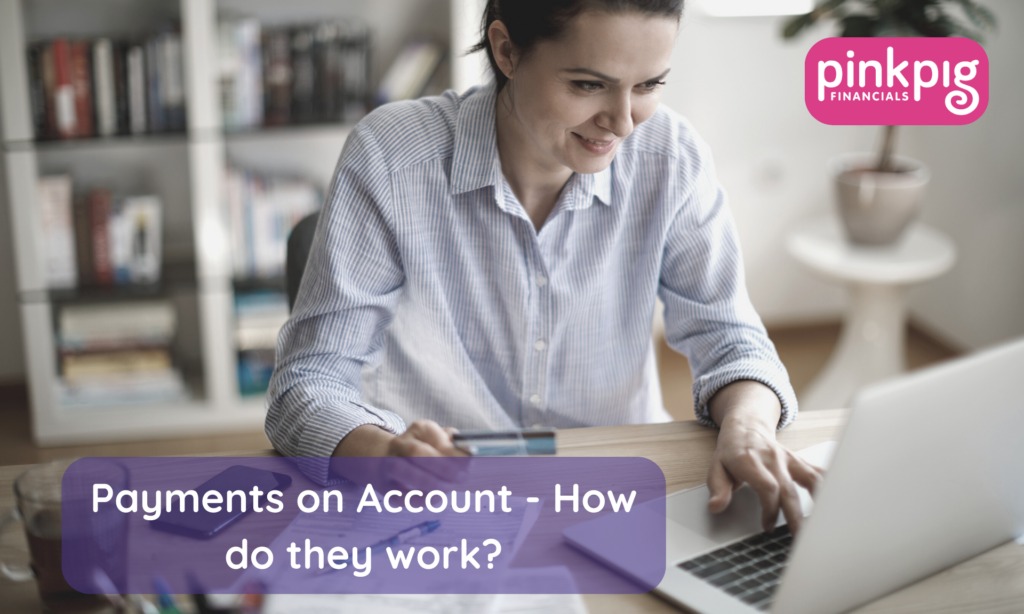Payments on Account
Have you heard of the term ‘payments on account’, but not sure what they are? Or have you received your tax calculation and seen there are extra payments due, and not sure why?
If the tax you owe is over £1,000 HMRC will ask for a Payment on Account for the following tax year too. There are two payments on account, each totalling half of the tax due for the previous year.
Therefore, when you complete your return you’ll be asked to pay the tax owed for the year on the return, plus the first payment on account for the following year (also due by the 31st January). You will then need to pay the remaining payment on account by the 31st July.
If when you do your next tax return, there is any extra owed this will be due by the following 31st January along with your tax return – this is called the balancing payment.
How does it work?
Let’s use an example for the 21/22 tax year where there was £11,203 owed to HMRC for the year the following payments would be required:
Tax & NI due for the 21/22 year: £11,203.00
Plus 1st Payment on Account for 22/23 tax year: £ 5,601.50
Gives you a total amount due by 31st January 2023: £16,804.50
2nd Payment on Account for 22/23 tax year due by 31st July 2023: £5,601.50
Any additional amount for 22/23 will be due by the 31st January 2024, along with the 1st payment on account for the 23/24 tax year.
If when you do your next tax return, there is less tax to be paid you can either reduce your 2nd payment on account if the return is filed by the 31st July, or you can request a refund, or put toward the next year’s tax due.
I hope this makes the minefield of payments on account simpler.
If you’re looking for an accountant to help with your finances, head to our Get started page and complete our Quick Questionnaire.

